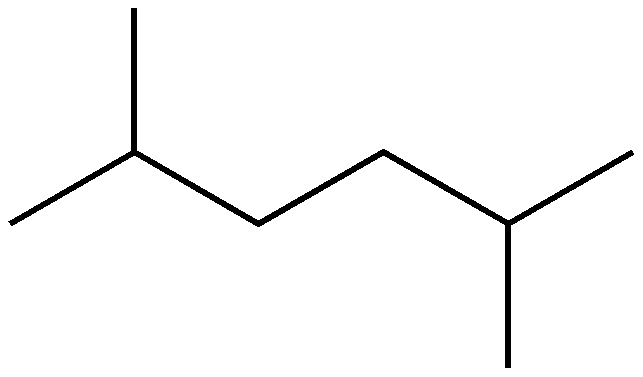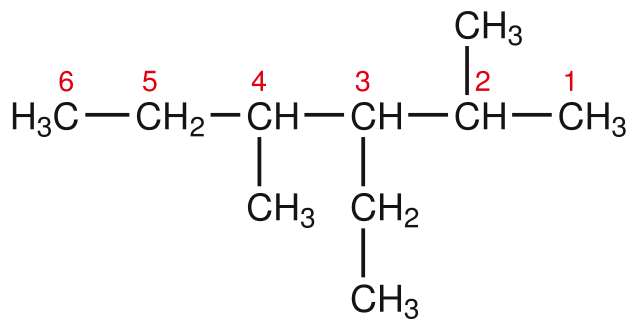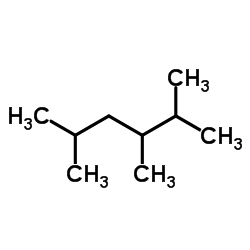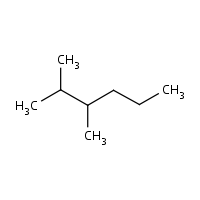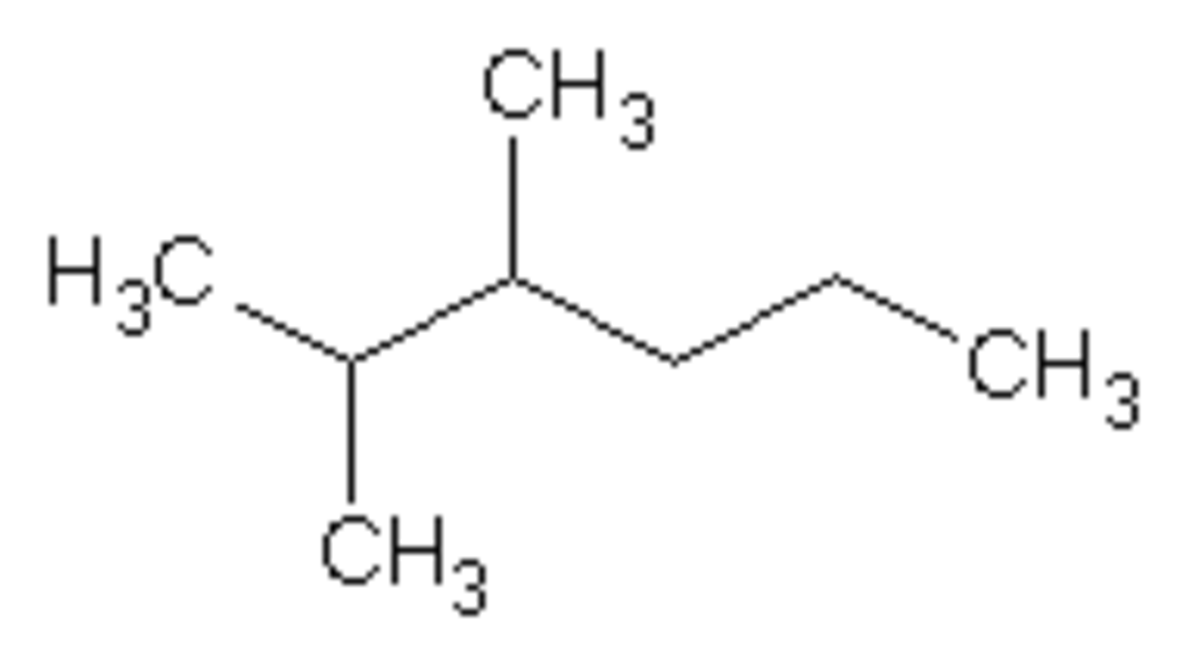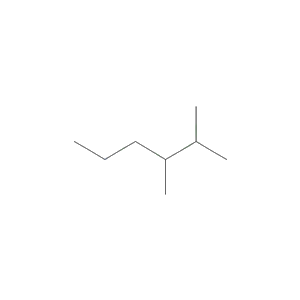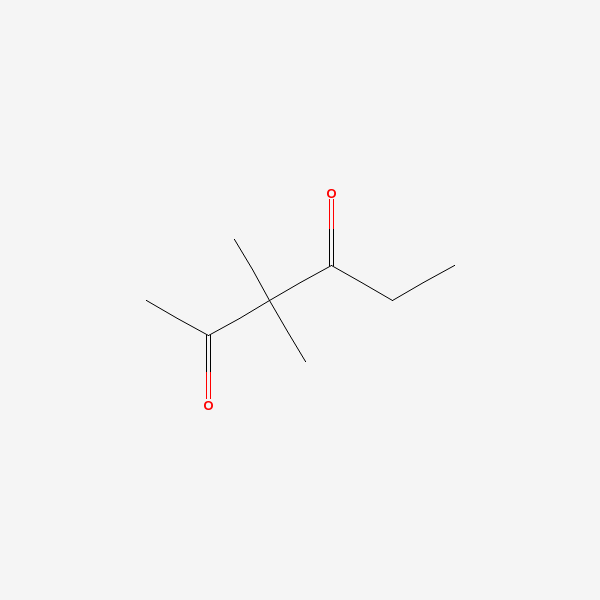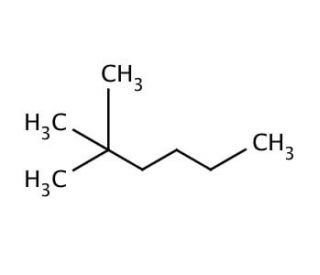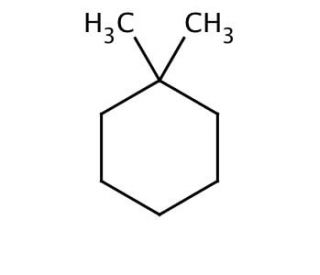Last update images today 2 3 Dimethylhexane
 Royals Hit 4 Home Runs And Send AL-leading Guardians To Their 3rd Straight Loss, 10-3
Royals Hit 4 Home Runs And Send AL-leading Guardians To Their 3rd Straight Loss, 10-3
In an astroturfed gazebo at the back of a cricket stadium in South America were four men: England's white-ball coach, media manager and head of security, and me. It is a privilege to travel around the world covering this sport but Thursday's T20 World Cup 2024 semi-final was about as surreal as it gets.
My colleague Sidharth Monga and I decided which semi-finals we would cover in April: Sid would go to Trinidad, I'd head to Guyana. Even then, hotel availability was limited and flights back and forth from Barbados were scarce; even more so once the ICC publicly confirmed that India would play in the second semi-final if they progressed, regardless of their finishing position in the Super Eight.
No wonder, then, that when the rest of the touring England press pack attempted to book trips at less than three days' notice - when England's semi-final destination was decided - they had little joy. Mike Atherton juggled TV commentary with his work for the Times, while Alex Davidson and Gareth Copley were there on behalf of Getty Images. But for the UK written press alone, it was just me.
It led to a strange few days. The day before the game, I realised I was likely to be the only journalist who would ask Rohit Sharma whether India's predetermined semi-final was an advantage to them, and what he made of the lack of a reserve day with rain in the forecast. Immediately after he shrugged the question off, I put an AirPod in to listen to Matthew Mott's Zoom call with my colleagues in Bridgetown; I hope Rohit didn't notice.
Guyana's rich cricketing legacy and its obvious association with West Indies can obscure its unique status as the only major cricketing nation in South America, on account of Britain's colonial rule in the 19th century. It is a rapidly-developing country after the recent discovery of 11 billion barrels of oil off the coast and much of the capital city, Georgetown, is under construction as a result.
The semi-final itself was a bizarre spectacle. I spent 12 hours at the Providence Stadium, arriving early to beat the traffic on the advice of my taxi driver, Nigel. He made two predictions while dropping me off: "Cricket will play, and England will take licks." So it proved, despite heavy showers throughout the morning.
The crowd was poor for a World Cup semi-final, which was no surprise. Guyana requires Indian visitors to apply for a visa, a lengthy process which disincentivises travel, and England supporters suffered from the same issues as the press pack. Reece Topley's dad, Don, made it, as did a couple of hardcore fans who belted out the national anthem on the grass banks.
But the locals largely stayed away, for two obvious reasons. One, they had no dog in the fight: as with the rest of the Caribbean, Guyanese interest in the World Cup fell sharply with West Indies' elimination on Sunday. And two, the game was due to start at 10.30am on a Thursday, local time. It reflects the reality of cricket's economic model and its reliance on Indian broadcast revenue, but it is a hard sell to fans who would have to take a day off work to attend.
The result was that only around 7,000 tickets were sold, per an ICC estimate - plus some free ones distributed to sponsors and teams. This, in a stadium which seats 15,000 people and becomes a cricketing carnival during the Caribbean Premier League: it reinforced the fact that World Cups are increasingly products for TV viewers rather than matchgoing fans.
As I stood in the mixed zone tent behind the media centre, asking Mott questions for 10 minutes - some my own, others on behalf of colleagues - I could not escape the feeling that this was a strange semi-final of a strange World Cup. There may never be another quite like it.


